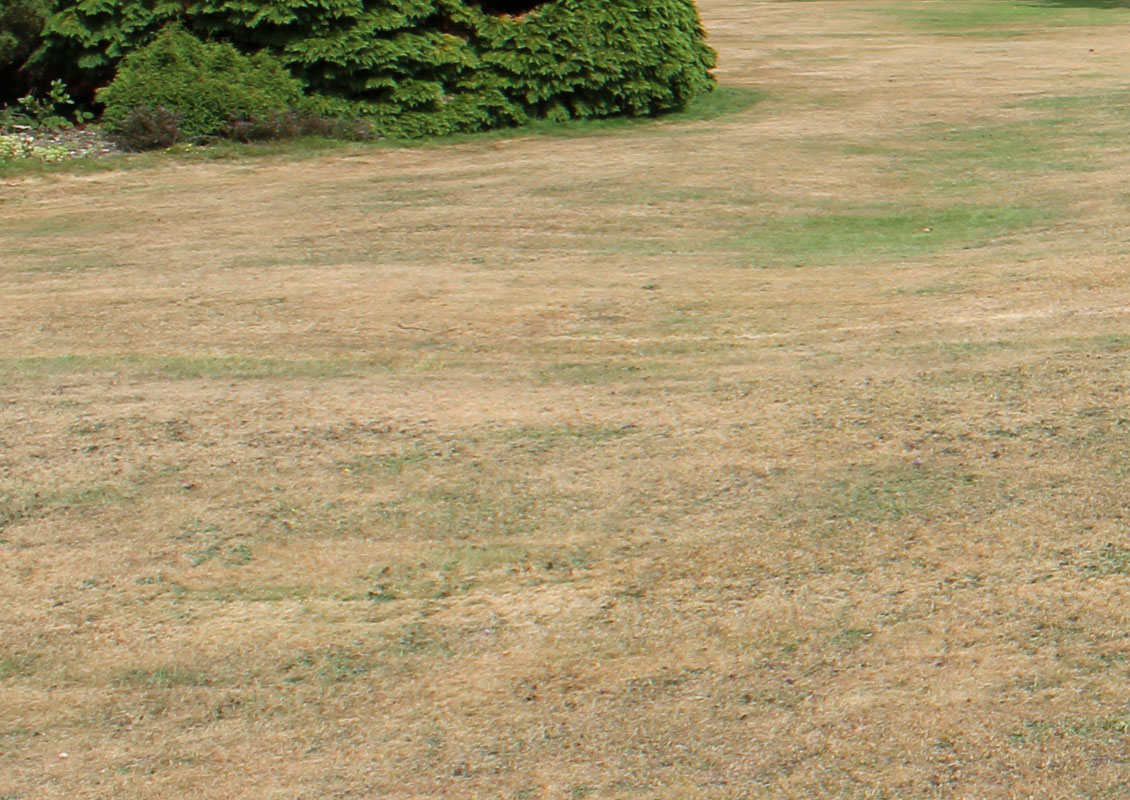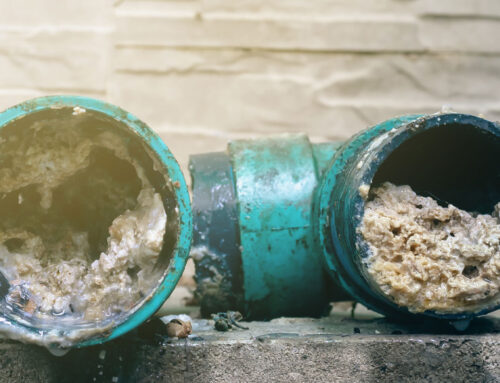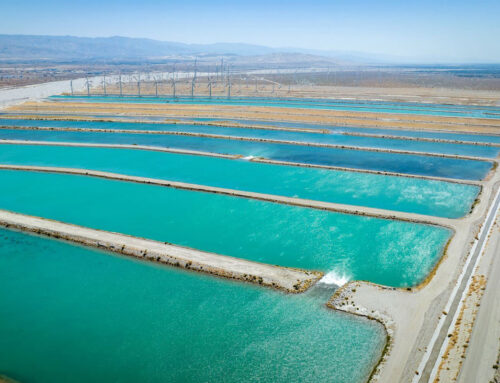Many homeowners aiming for the ideal lawn often turn to overseeding to fill in bare spots, thicken the grass, and improve its overall appearance. While overseeding has its benefits, there is a growing trend toward more sustainable lawn care practices that suggest otherwise. Instead of striving for a perpetually green, lush lawn, consider allowing your grass to go brown during dormant seasons. Here’s why you should reconsider overseeding and embrace the natural cycle of your turf, or even switch to desert landscape to save money!
Maintaining a pristine, green lawn often requires substantial amounts of water, fertilizers, and pesticides. While overseeding aims to enhance the lawn’s density and resilience, it also increases these demands, putting additional strain on local water supplies, especially in drought-prone areas like our desert. It can take more than 8,000 gallons of water for every 1000 square feet to keep a lush lawn throughout the “winter” season.
While the allure of a lush, green lawn is strong, it comes with significant environmental costs. By allowing your lawn to follow its natural cycle and go brown during dormant periods, you can conserve water, reduce pollution, and promote a healthier ecosystem. Embrace the brown and consider alternative landscaping options like desert landscapes to save money and support sustainable practices.
If you are looking to save money and time maintaining your yard, let it go brown and transition to desert-friendly landscape. Before you do, check with your local water district to learn more about rebates available and what requirements are needed to qualify. To find out more, visit CVWaterCounts.com/rebates.






